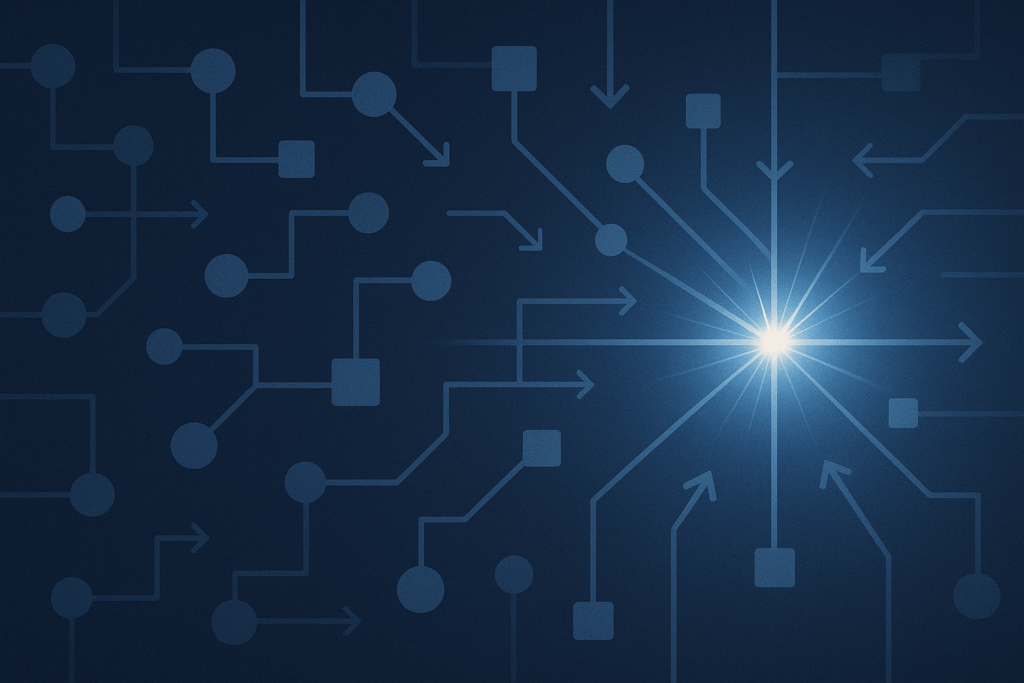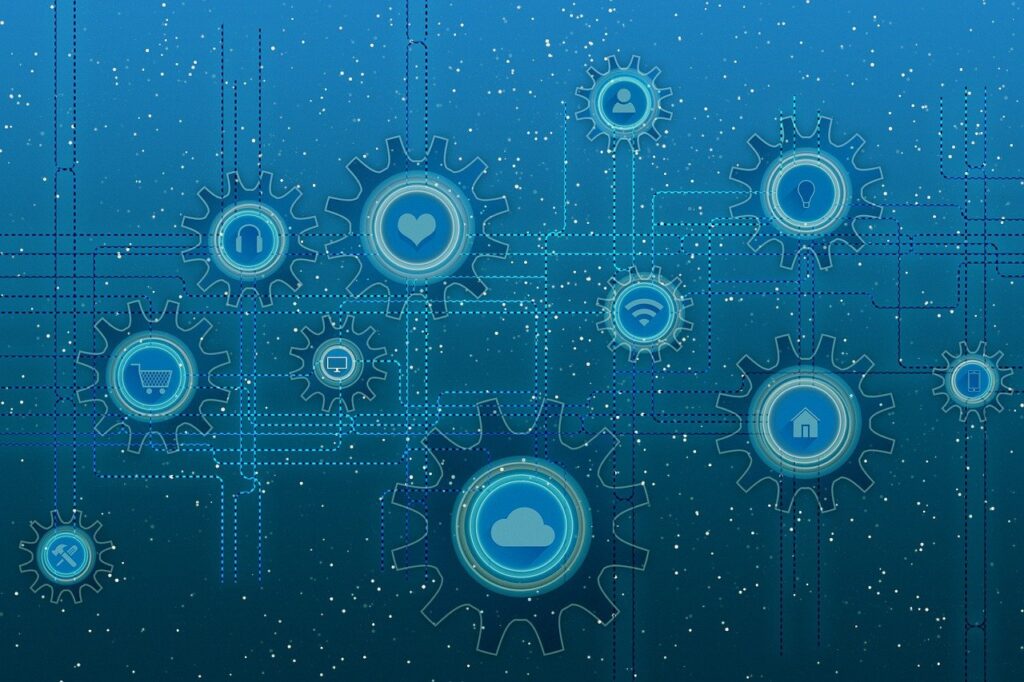As the world continues to evolve and adopt new technologies, the modern workforce has changed significantly, and so have the opportunities and challenges that come with it. The advent of mobile devices, combined with the explosion of SaaS (software-as-a-service) apps had already dramatically altered the attack surface, but the Covid pandemic and the shift to remote work and working from home changed things significantly for most companies.
The modern workforce is no longer just confined to the physical office space, but has expanded to include remote workers, contractors, freelancers, and employees who use their own devices to access company resources. This trend towards a more flexible and remote workforce has created new cybersecurity opportunities and challenges for organizations, which need to be addressed to ensure the protection of sensitive company data.
Productivity On the Go
The use of personal devices for work purposes has become more prevalent in recent years, with Bring Your Own Device (BYOD) policies being implemented by many companies. BYOD policies have many advantages, such as increased productivity, cost savings, and greater flexibility for employees. However, they also pose significant security risks to organizations. These devices are often not managed or secured in the same way as company-owned devices. This makes them vulnerable to cyberattacks, which can result in the theft of sensitive company information or intellectual property.
One of the challenges that organizations face when dealing with a modern workforce is ensuring that all devices, both business and personal, are up-to-date and secure before being allowed to reconnect to the network. The lack of visibility and control over personal devices can make this a daunting task for IT teams.
Working Remotely
While productivity on the go was a nice perk once upon a time, in 2020 it literally became a business imperative. As the world went into lockdown in response to the global COVID-19 pandemic, employees were forced to connect remotely from home in order to continue working and keep companies in business.
Remote employees, contractors, and freelancers needed to access company resources across the internet—often from their home Wi-Fi networks. For many organizations, this represented an exponential increase in exposure to risk. IT security teams quickly purchased additional licenses for their existing legacy VPNs to connect workers to company resources.”
Today, it seems clear that a significant level of “work from anywhere” is here to stay. Organizations are now hiring best-in-class, rather than best-in-geographic-area. We also now see a consistently higher level of non-employee, temporary, and gig workers in the mix.
Even the definition of remote has undergone change. Previously, it referred to employee not on the corporate network, and therefore not near the apps and data they worked with. But applications and resources are no longer on-premises. They’ve been rapidly moving to the cloud. So now, even when physically on-campus, we must assume that modern workers are remote from the applications and resources they routinely use.
Addressing the Challenges
With this modern workforce, it is crucial to have real-time threat intelligence and automated threat response capabilities. IT security teams need to enable productivity by allowing unmanaged devices to connect from unmonitored networks, and still have the ability to quickly detect and respond to cyber threats, and minimize the risk of data breaches or other security incidents. Doing so requires not only establishing user identity, but device identity and posture as well.
One of the main challenges is the need to balance security with usability. Employees need to be able to access company resources quickly and easily, without having to jump through multiple security hoops. This requires a delicate balance between security and user experience.
Another challenge is the need to stay up to date with the latest cybersecurity threats and trends. Cybercriminals are constantly developing new tactics and techniques to bypass security measures, which means that cybersecurity solutions need to be constantly updated and improved to stay ahead of the curve.
The challenge of securing a modern workforce is to deliver a comprehensive security solution that is device-agnostic and can be deployed quickly and easily. Ideally, organizations need an approach to cybersecurity that combines security and networking services into a single cloud-delivered platform to provide a secure connection between devices and applications, regardless of their location or network.
The modern workforce presents both opportunities and challenges for businesses—and, specifically for cybersecurity. The use of personal devices and the ability for employees and contractors to connect and access resources remotely can increase productivity and flexibility, but it also creates new security risks that need to be addressed. secure their modern workforce, but it also requires ongoing monitoring and updates to stay effective. Ultimately, organizations need to adopt a proactive approach to cybersecurity and prioritize the protection of sensitive company data in order to thrive in the modern business landscape.
- Cybersecurity’s Unsung First Responders Step Into the Spotlight - October 16, 2025
- How AI and Integration Are Transforming Software Security - October 13, 2025
- Fighting Machines with Machines: How AI Is Redefining the SOC - October 6, 2025



